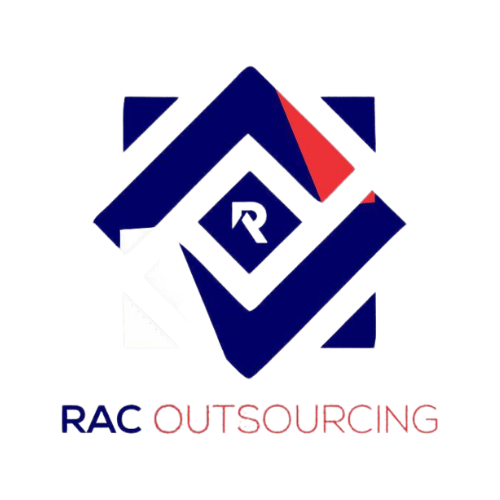
Understanding Organizational Performance
Unlocking the Dimensions, Categories, and Types of Organizational Success
When it comes to understanding organizational performance, it’s crucial to grasp the multifaceted nature of success. This guide will delve into the concept of organizational performance, exploring its dimensions, categories, and types. By the end, you’ll have a comprehensive understanding of how organizations measure and enhance their performance.
Defining Organizational Performance
Organizational performance is the yardstick by which an organization’s success is measured. It encapsulates a spectrum of factors, including financial outcomes, customer contentment, workforce engagement, productivity, product or service quality, and the efficiency of operations. Measuring organizational performance involves the use of diverse metrics, such as key performance indicators (KPIs), financial ratios, customer satisfaction surveys, and productivity measures. These metrics enable organizations to track progress, pinpoint areas for improvement, and make data-driven decisions to boost their performance.
Conceptualizing Organization Performance
Conceptualizing organizational performance is about breaking down the multifaceted construct into various dimensions that contribute to an organization’s effectiveness and efficiency. These dimensions include:
1. Effectiveness
Effectiveness measures the extent to which an organization achieves its objectives and the impact it generates.
2. Efficiency
Efficiency focuses on optimizing resource utilization to maximize output while minimizing input.
3. Productivity
Productivity measures output per unit of input and is a key indicator of efficiency.
4. Quality
Quality gauges the excellence and superiority of an organization’s products or services, often reflected in customer satisfaction and defect rates.
5. Innovation
Innovation signifies an organization’s ability to adapt, evolve, and create solutions to meet evolving market demands.
6. Profitability
Profitability, crucial for for-profit organizations, assesses an organization’s ability to generate profit relative to costs and investments.
7. Customer Satisfaction
Customer satisfaction pertains to the organization’s ability to meet or exceed customer expectations.
8. Employee Satisfaction and Engagement
This dimension reflects the enthusiasm and commitment employees exhibit towards their work and the organization.
9. Sustainability
Sustainability assesses an organization’s ability to maintain operations over the long term, considering factors like environmental impact and social responsibility.
10. Adaptability and Agility
Adaptability and agility measure how quickly an organization responds to changing environments and conditions.
Categories of Organizational Performance Factors
Organizational performance factors can be categorized in several ways. Some common categories include:
1. Financial Factors
Financial factors encompass revenue, profit margins, return on investment (ROI), and other financial indicators.
2. Operational Factors
Operational factors revolve around efficiency and effectiveness, including productivity, quality, and customer satisfaction.
3. Human Resource Factors
This category comprises employee-related metrics like turnover, job satisfaction, and employee engagement.
4. Strategic Factors
Strategic factors are related to the organization’s strategy and its alignment with the external environment.
5. Customer Factors
Customer factors pertain to customer satisfaction, loyalty, and feedback.
6. Learning and Growth Factors
Learning and growth factors cover the organization’s ability to innovate, improve, and adapt to changes.
7. Environmental and Social Factors
This category considers the organization’s impact on the environment and social responsibility.
8. Information Technology Factors
Information technology factors relate to the organization’s use of IT, including system performance and cybersecurity.
9. Compliance and Risk Factors
This category includes metrics related to legal compliance and risk management, as well as its management of risks, including operational, financial, and reputational risks.
Types of Organizational Performance
Organizational performance can be assessed in various ways, and the types of performance can vary based on the goals, industry, and nature of the organization. Here are some common types:
1. Financial Performance
This includes metrics such as revenue, profit, return on investment, and cost efficiency. Financial performance is often the primary measure of an organization’s success.
2. Operational Performance
This involves measuring the efficiency and effectiveness of the organization’s processes and operations. Metrics might include production rates, quality of output, and resource utilization.
3. Market Performance
This refers to an organization’s performance in the marketplace, including market share, customer satisfaction, brand recognition, and competitive positioning.
4. Employee Performance
This assesses the performance of individuals or teams within the organization, including productivity, job satisfaction, and turnover rates.
5. Social and Environmental Performance
This considers the impact of the organization on society and the environment. Metrics might include corporate social responsibility, sustainability, and ethical behavior.
6. Customer Performance
This measures how well the organization meets the needs and expectations of its customers. This can include customer satisfaction, customer loyalty, and customer engagement.
7. Innovation Performance
This involves measuring the organization’s ability to innovate and adapt to changes in the market or industry. Metrics might include the number of new products or services introduced, research and development spending, and patent filings.
8. Strategic Performance
This assesses the organization’s ability to achieve its long-term strategic goals. This might include measures related to market position, growth, and diversification.
It’s important to note that these types of performance are often interconnected and can influence each other. For example, good financial performance might lead to increased investment in innovation, which could improve market performance over time. Similarly, poor employee performance might lead to operational inefficiencies and negatively impact financial performance.
Thank you For Reading you can learn more about our services by Going to our home page to explore our list of offerings
Contact us at the RAC Outsourcing office nearest to you or submit a business inquiry online.
